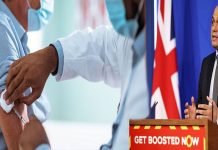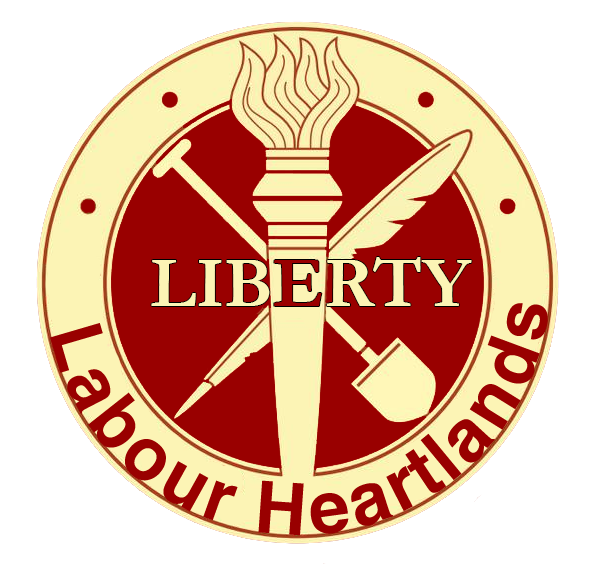
The launch follows months of delays and a redesign after the previous contact-tracing app project ended in failure.
The government has announced that its new contact-tracing app will finally be rolled out in England and Wales on 24 September.
The project has been hit with delays after No 10 was forced to drop its own custom-made version of the app before later partnering with Google and Apple for the new design.
The Tory Government was forced to ditch its custom-made app to track the spread of the virus in June as it did not work on the majority of iPhones.
A new version based on a model developed by Google and Apple has been trialled on the Isle of Wight, in Newham, London, and by NHS Volunteer Responders – and will be ready for use within weeks.
Trials have been taking place in the London borough of Newham, on the Isle of Wight and with NHS volunteer responders to establish the effectiveness of the app.
The Department for Health and Social Care said it is “highly effective when used alongside traditional contact tracing to identify contacts of those who have tested positive for coronavirus”.
According to the government, the new app will “enable anyone with a smartphone to engage with every aspect of the NHS Test and Trace service, from ordering a test through to accessing the right guidance and advice”.
It is claimed the app will allow people to identify their symptoms, order a test and allow them to “feel supported” during any subsequent isolation. It will also include a feature that will allow QR codes to be scanned for people to ‘check-in’ to public locations, such as pubs or restaurants, and then be informed if a coronavirus breakout has happened there.

“The app is built using the Google/Apple application programming interface (API) and a Quick Response (QR) code system, both of which are based on a decentralised model where the government does not have access to citizen data,” the government says on its website. Reports have claimed that the second version of the app could contain personalised risk scores for individuals, based on their personal information. If people have to provide their personal information then they will be asked to do so by providing their consent, the government says.
The privacy notice for the second app reveals some more of how it will work. The app will tell people the level of coronavirus risk in their local area, by using postcode data that is provided when the app is first used.
And the QR codes will be used across multiple types of venues, including restaurants, offices or leisure facilities. Guidance around the app says the QR codes will be introduced in order to encourage people to keep a “digital diary” of where they have been.
“If a venue is identified as high risk, your App will alert you, and if you test positive, you will be able to use your check-in log to remind yourself where you have been when talking to a contact tracer,” the government guidance says. It adds that the app is only designed for people who are 18 or older.
In future, the app will also “have a feature that will enable you to keep track of how much risk you personally are encountering”. No details have yet been published about this by the government. Wired;s MATT BURGESS gives a detailed lok at the app here.
Pubs, restaurants, hairdressers and cinemas are being urged to ensure they have NHS QR code posters visible so customers can check in using the new app.
The app will use bluetooth technology to detect if the user has been close to someone diagnosed with it also lets people input their locations into a diary by scanning bar codes in pubs and restaurants.
The QR codes are designed to help businesses automate the new legal requirement of recording customers’ contact details, as well as the details for staff and other visitors to the premises.
Other functions include an alert system if coronavirus rates rise in your area, a symptom checking tool and a countdown clock for how long you need to self isolate.
Scotland and Northern Ireland have launched separate Covid-19 tracing apps after the UK’s app was beset by delays.
Health Secretary Matt Hancock said: “We need to use every tool at our disposal to control the spread of the virus including cutting-edge technology.
“The launch of the app later this month across England and Wales is a defining moment and will aid our ability to contain the virus at a critical time.”
He urged hospitality businesses to download posters with QR codes for their premises to help the public check into venues using the app.
Advocates say this can help capture anonymous contacts that are hard to track with manual contact tracing, such as people standing next to each other on public transport.
Unlike the first app, this contact-tracing app will also include a raft of other features designed to give users “personal benefits” including a countdown timer for people who are self-isolating and alerts about the local level of the virus.
Sky News previously reported that Apple had denied at least one foreign government permission to include QR logins in its app, citing fears they could be used to create a map of someone’s whereabouts, so the introduction of this feature is a coup for NHSX, the innovation unit building the app.
Its claimed the apps privacy-preserving design doesn’t let venues collect any of those details. All the data – none of which contains your name or address – is stored on the phone. Even public health teams don’t get to see it, as the check-ins never leave the device.
Help Us Sustain Ad-Free Journalism
Sorry, I Need To Put Out the Begging Bowl
Independent Journalism Needs You
Our unwavering dedication is to provide you with unbiased news, diverse perspectives, and insightful opinions. We're on a mission to ensure that those in positions of power are held accountable for their actions, but we can't do it alone. Labour Heartlands is primarily funded by me, Paul Knaggs, and by the generous contributions of readers like you. Your donations keep us going and help us uphold the principles of independent journalism. Join us in our quest for truth, transparency, and accountability – donate today and be a part of our mission!
Like everyone else, we're facing challenges, and we need your help to stay online and continue providing crucial journalism. Every contribution, no matter how small, goes a long way in helping us thrive. By becoming one of our donors, you become a vital part of our mission to uncover the truth and uphold the values of democracy.
While we maintain our independence from political affiliations, we stand united against corruption, injustice, and the erosion of free speech, truth, and democracy. We believe in the power of accurate information in a democracy, and we consider facts non-negotiable.
Your support, no matter the amount, can make a significant impact. Together, we can make a difference and continue our journey toward a more informed and just society.
Thank you for supporting Labour Heartlands











